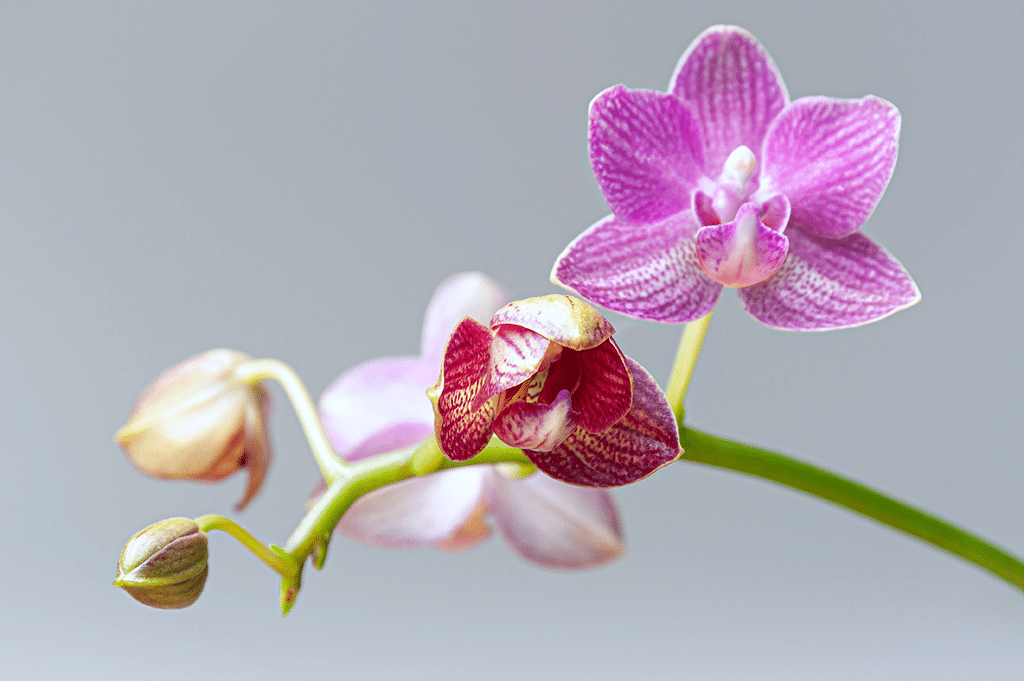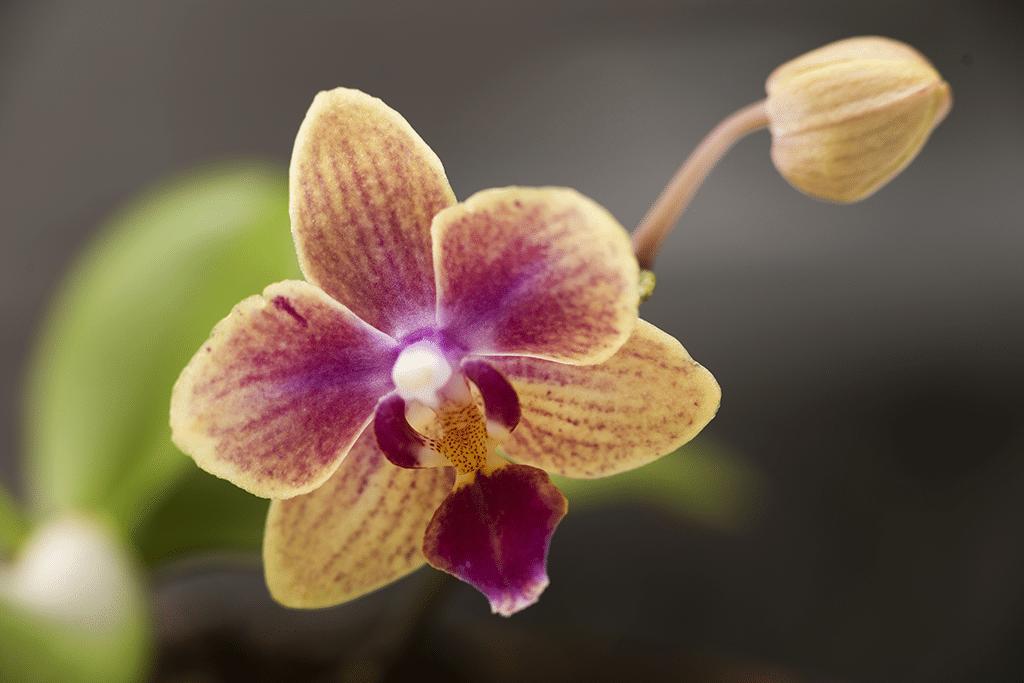Orchids, with their ethereal beauty and exotic allure, have captivated the hearts of plant lovers around the globe. Belonging to one of the largest families of flowering plants, orchids possess a unique charm that's hard to find in any other flora. A healthy orchid plant can stay alive for as long as 10 to 15 years. However, how long do orchids bloom each time? This post will explain the blooming duration of orchids, along with effective tips on how to provide the best possible growing environment.
Table of Contents
The Bloom Cycle of Popular Orchid Types
If you've come into possession of an orchid that's already adorned with flowers, it signals that the plant is deep into its flowering phase. This cycle kicks off when a floral spike emerges, progresses as buds form, and culminates in the blossoming of the flowers. While orchid flowers typically have a lengthy duration, persisting anywhere from six to ten weeks, Each species has its unique charm, requirements, and cycle, profoundly influencing how long enthusiasts can enjoy their stunning blooms. Here's an expanded look at the bloom cycle of some of the most popular orchid types:
Phalaenopsis Orchids
Phalaenopsis, or the "moth orchid," is perhaps the most well-known orchid species, prized for its long-lasting flowers and ease of care. These orchids can bloom for an impressive duration of up to three months, providing a spectacular display of color and elegance in any setting. What makes Phalaenopsis particularly appealing is their ability to flower at any time of the year, especially when they're kept in optimal conditions.

Cattleya Orchids
Cattleya orchids, known affectionately as the "Queen of Orchids," are revered for their strikingly beautiful blooms that emit a delightful fragrance. While their bloom time is generally shorter than that of Phalaenopsis, lasting typically between two to three weeks, the Cattleya's flowers make a significant impact with their vibrant colors and large size. The blooming of Cattleya orchids usually occurs once or twice a year, primarily depending on the care and the environment provided.
Dendrobium Orchids
Dendrobium orchids encompass a wide variety of species, leading to a broad range of bloom periods among them. Some Dendrobiums are known for their fleeting flowers, which may last only a single day, while others can delight their owners with blooms that last several weeks.

How Long Does It Take for An Orchid to Rebloom
To start with, orchids purchased from stores are frequently induced to bloom in a greenhouse setting and may not rebloom in the same period in the subsequent year. Generally, if given the proper care and environment, most orchids can take anywhere from 6 to 9 months to rebloom. Some specific varieties may rebloom more quickly or take longer. Ensuring the orchid has a period of rest, providing it with adequate light, water, and humidity, and fertilizing it appropriately can all help encourage the orchid to enter another bloom cycle.
How Do You Keep Orchids Blooming
After your orchid's flowers wilt and fall off, it's time to encourage it to bloom again. This process requires patience since the orchid needs a period of rest, and it might even enter a dormant phase for a few months. To help your orchid flourish and prepare for reblooming, here are some essential care tips:
Repotting Might Be Necessary: Orchids don't often need to be moved to larger pots, but they do benefit from fresh growing media to replenish nutrients. This should typically be done every one to two years to ensure the plant continues to receive the support it needs.
Imitate the Orchid's Natural Environment: Try to replicate the conditions of the orchid's native habitat. This involves the right balance of light, temperature, and humidity, which can significantly influence its health and ability to rebloom.
Regular Fertilization: When you notice new growth, it's a good time to start or increase fertilization according to a regular schedule. This provides the orchid with essential nutrients needed for growth and blooming.

Adequate Watering: Ensure that you're watering your orchid appropriately for its type. Some orchids prefer to dry out slightly between waterings, while others may need more consistent moisture.
Maintain Proper Humidity: Orchids thrive in higher humidity levels, usually between 40% and 70%. Maintaining this range helps simulate their natural tropical environment.
Conclusion
Orchids are a diverse and enchanting group of plants, with bloom times varying widely among species and conditions. By understanding the specific needs of your orchid, you can enjoy its beautiful flowers for the longest possible time. Remember, patience and consistent care are key to unlocking the full potential of your orchid's blooms.






























